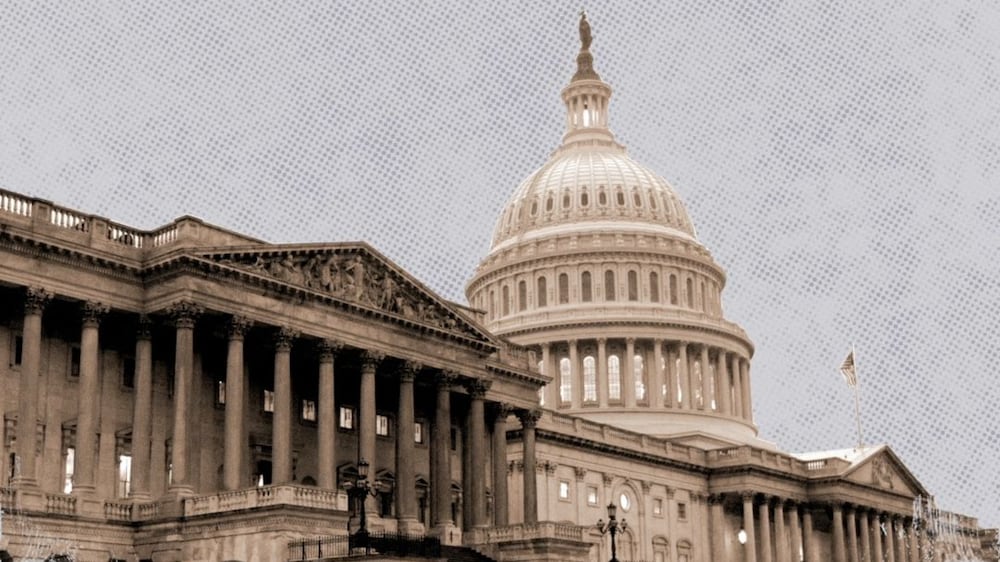US inflation soared over the past year to its highest rate in four decades, hammering America’s consumers, wiping out pay raises and reinforcing the Federal Reserve’s decision to begin raising borrowing rates across the economy.
The broad increase in prices reported by the Labour Department on Thursday was led by soaring costs for rents, electricity and food, and could heap more political pressure on President Joe Biden, whose popularity has been declining amid anxiety over the rising cost of living.
Consumer prices jumped 7.5 per cent last month in the last year, the steepest year-over-year increase since February 1982.
High inflation is overshadowing a strong economy, which grew 5.7 per cent last year and is rapidly adding new jobs.
Shortages of supplies and workers, heavy doses of federal aid, ultra-low interest rates and robust consumer spending combined to send inflation accelerating in the past year.
When measured from December to January, inflation was 0.6 per cent, the same as the previous month and more than economists had expected. Prices had risen 0.7 per cent from October to November and 0.9 per cent from September to October.
There are few signs that inflation will slow significantly anytime soon. Most of the factors that have forced up prices since last spring remain in place: wages are rising at the fastest pace in at least 20 years.
Ports and warehouses are overwhelmed, with hundreds of workers at the ports of Los Angeles and Long Beach in California, the nation’s busiest, out sick last month. Many products and parts remain in short supply as a result.
The US Federal Reserve and its chairman, Jerome Powell, have pivoted sharply away from the ultra-low-interest rate policies that the Fed pursued since the pandemic devastated the economy in March 2020.
Mr Powell indicated that the central bank would raise its short-term rate several times this year, while Goldman Sachs predicts five rate increases for 2022.
He has also warned that highest inflation poses the biggest threat to the US economy, which added an unexpected 467,000 jobs in January.
And reports indicate that the expiration of stimulus checks and other government aid has yet to slow Americans' appetite for shopping.
Many large corporations, in conference calls with investors, have said they expect supply shortages to persist until at least the second half of this year. Companies from Chipotle to Levi's have also said they will likely raise prices again this year after having already done so in 2021.
Chipotle said it has increased menu prices 10 per cent to offset the rising costs of beef and transport as well as higher employee wages. And the restaurant chain said it would consider further price increases if inflation keeps rising.
What are the US midterm elections and why are they so important?

Yet executives at Chipotle, as well as at Starbucks and some other consumer-facing companies, have said their customers so far don't seem fazed by the higher prices.
Levi Strauss & Co raised prices last year by about 7 per cent above 2019 levels because of rising costs, including labour, and plans to do so again this year. Even so, the San Francisco-based company has upgraded its sales forecasts for 2022.
Many small businesses are also raising prices. The National Federation for Independent Business, a trade group, said it found in a monthly survey that 61 per cent of small companies increased their prices in January, the largest proportion since 1974 and up from only 15 per cent before the pandemic.
“More small business owners started the new year raising prices in an attempt to pass on higher inventory, supplies and labour costs,” said Bill Dunkelberg, chief economist at the NFIB.
Those pay gains could force additional price increases in the future as companies seek to cover the costs of the extra wages.
In the past year, sharp increases in the cost of petrol, food, cars and furniture have upended many Americans' budgets. In December, economists at the University of Pennsylvania's Wharton Business School estimated that the average household had to spend $3,500 more to buy the same amount of goods and services than they did in 2020.
Agencies contributed to this report
The US supply chain backlog, explained








